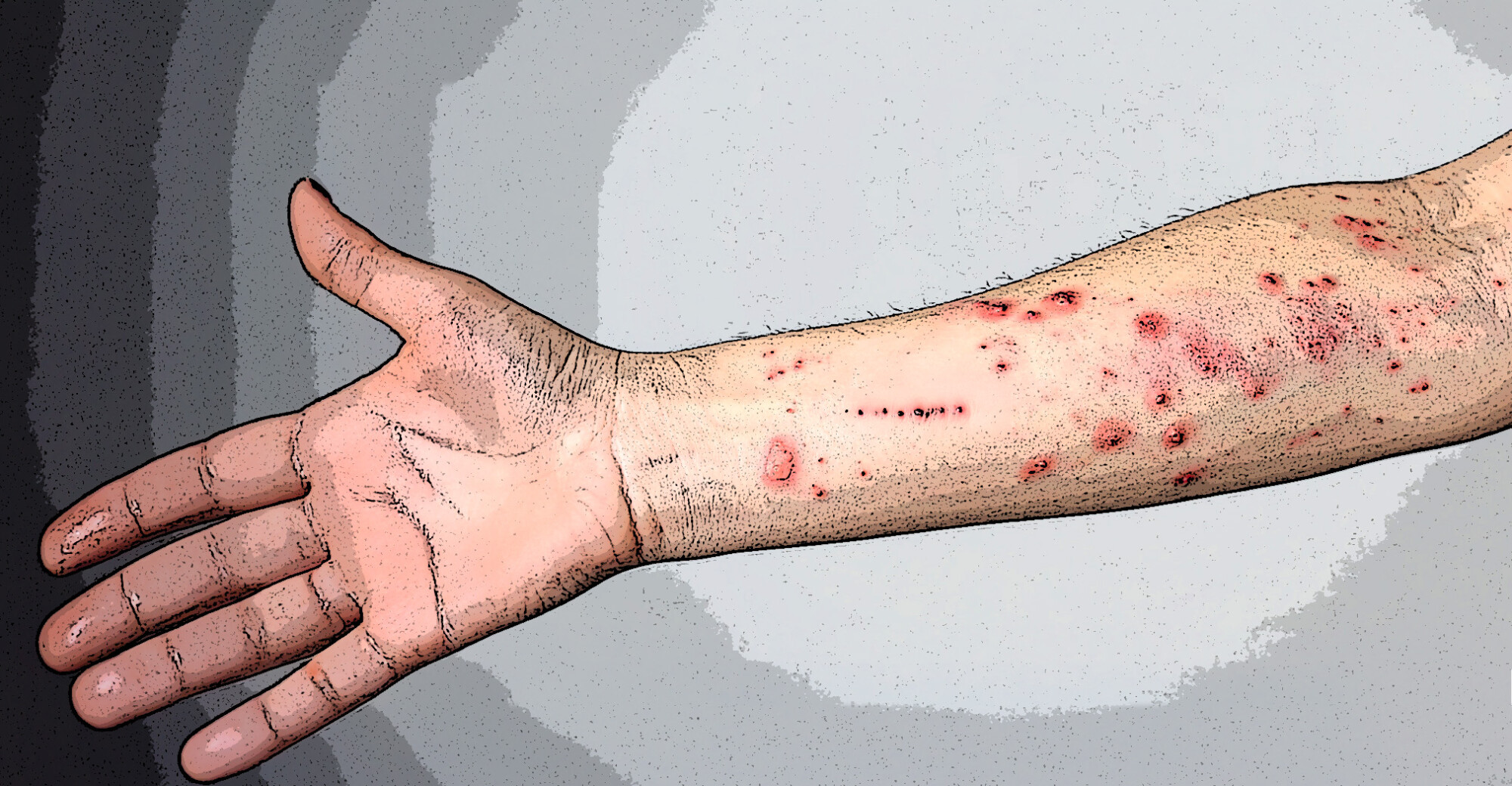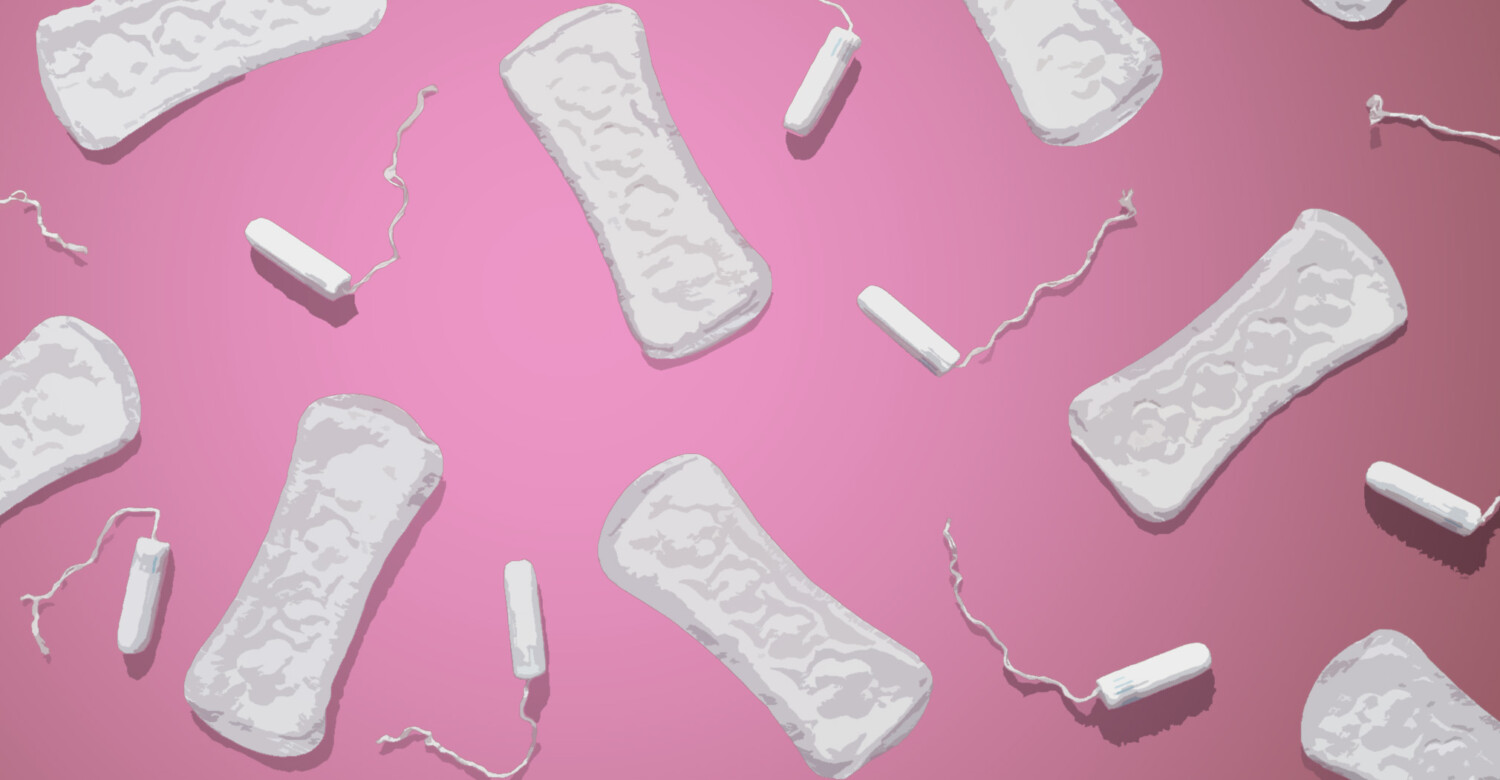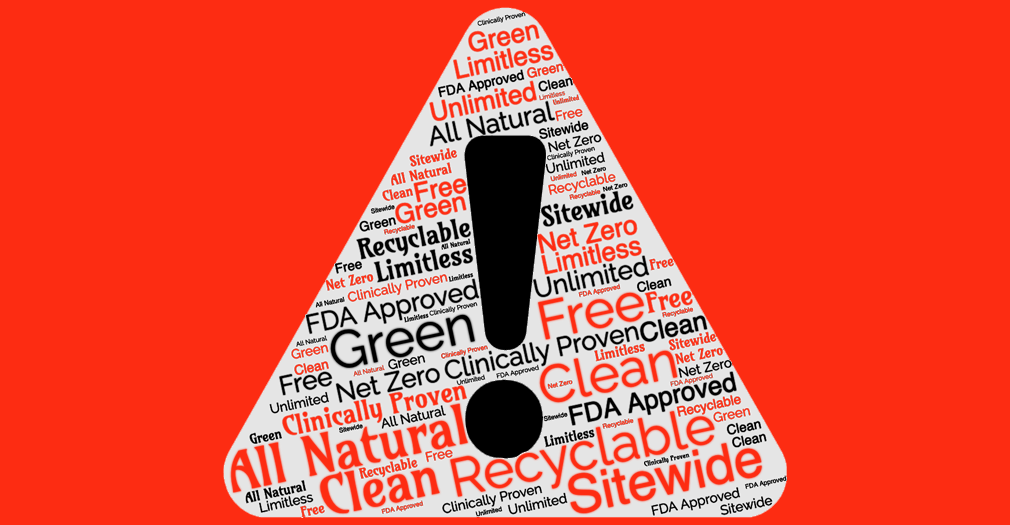
CATrends: Hypoallergenic Marketing Claims
A rash of lawsuits allege companies are misleading consumers.
How negative feelings surrounding menstruation have influenced period product marketing.
Have you ever hidden a tampon in the sleeve of your shirt on the way to the bathroom? Or turned beet red after dropping your pad during class? Well then you’ll be happy to know that it isn’t just you – the shame and embarrassment associated with periods is as old as humankind. Historians hypothesize that our negative feelings surrounding menstruation likely even predate language. But period stigma has influenced more than just personal behavior. It’s also had a hand in how menstrual products have been – and are – marketed to consumers.
The stigma sticks
Some of the first period product ads in the early 20th century referred to menstruation as “woman’s greatest hygienic handicap” and period pain as one of the “diseases of the pelvic organs.” In the late 1920s, Johnson & Johnson ran magazine ads with coupons that women could cut out and exchange at the pharmacy for menstrual products without having to ask for them. “Could anything be easier?” read the ad copy for J&J’s “silent purchase coupon,” which could be used to discreetly purchase a box of the company’s Modess sanitary napkins. “Is there a woman anywhere who will not be grateful for this method of silent purchase?”
Silence was a major theme in the marketing of menstrual products for decades with many ads omitting the word menstruation or period. In fact, ads for period products were banned from TV and radio until 1972 and once they were allowed to air, there were restrictions put in place on what the ads could say. For instance, references to absorbency, cleanliness, anatomy, comfort, insertion, application, duration or efficacy were all prohibited. It took 13 years after the advertising ban was lifted for the first person to say “period” on TV in a 1985 ad for Tampax that still reinforced the stereotype that menstruation is dirty. A spandex-clad Courtney Cox says in the commercial:
Do you change your life for one week because of that time of the month? Still using pads? Then let me tell it to you straight. Tampax can change the way you feel about that time. Tampax tampons protect differently than a pad so you feel cleaner. And feeling cleaner is more comfortable.
Cox’s groundbreaking Tampax ad coincided with a menstrual health movement launched in part by the discovery of the link between toxic shock syndrome and tampons. However, the Tampax commercial did not mark an end to the censorship of period product ads.
Twenty-five years later, in 2010, three major TV networks rejected a Kotex tampon commercial that used the word “vagina.” Even after the advertiser substituted “down there” for vagina, two of the networks still refused to run the ad. Then, in 2015, Outfront Media, the company in charge of the advertising within the New York City subway system, initially objected to ads for Thinx period underwear, which is designed to absorb period blood, for using the word “period” and showing “too much skin.” The ads were eventually approved.
Deceptive period marketing
For about as long as period products have been advertised, there have also been reports of deceptive marketing at play. Remember that menstrual product that referred to period pain as one of the “diseases of the pelvic organs”? The product, a sanitary pad, claimed to cure menstrual pain through antiseptic and germicide properties – properties that, according to one report, the pad did not actually have. Fast-forward almost 100 years and there are still deceptive marketing issues reportedly associated with period products.
Let’s start with ingredient claims. In an apparent response to concerns regarding how easily and rapidly women’s bodies absorb chemicals, numerous brands have marketed menstrual products as safe and free of harmful chemicals. U by Kotex tampons are marketed as containing “no harsh ingredients” and free from elemental chlorine, pesticide and fragrance. Tampax claims its Pearl tampons don’t contain perfume, dyes or elemental chlorine bleaching, and are “clinically tested gentle to skin.” And Thinx advertises that its period underwear is safe to wear and free of per- and polyfluoroalkyl substances, or PFAS.
However, according to pending class-action lawsuits filed last year against Kotex and Tampax, the tampons advertised as free from harsh or harmful ingredients above contain lead in amounts exceeding the maximum allowable levels under California law. And while FDA-cleared tampons are no longer bleached with elemental chlorine, both Kotex and Tampax tampons are made with titanium dioxide, which another pending lawsuit against Tampax describes as a synthetic powder that is used by the company as a white pigment. In other words, it’s a dye, which makes Tampax’s dye-free claims misleading, the lawsuit alleges.
Thinx, meanwhile, assures consumers on its website that its underwear is safe to wear. But in 2022, the company agreed to pay up to $5 million to settle a lawsuit that alleged it marketed its menstrual products as safe and free of harmful chemicals when they contain PFAS (often referred to as “forever chemicals” because they don’t break down naturally). Thinx did not admit wrongdoing as part of the settlement and maintains that its period underwear is not made with PFAS. And it says it has the third-party certification to prove it. The company claims that all of its period underwear has been certified by OEKO-TEX, which tests textile products for harmful ingredients – for a price. Other menstrual products touting OEKO-TEX certification include Saalt period underwear and Tampax tampons.
Returning to the Kotex and Tampax lawsuits, a month after they were filed last July, a study published in the scientific journal Environmental International found heavy metals including lead present in all 30 tampons tested. The study examined tampons across 14 brands (which were not named). Researchers, however, cautioned that future studies are needed to “assess whether metals can leach out of tampons” and into peoples’ bodies. Still, given the potential for vaginal chemical absorption and the serious health risks associated with heavy metal toxicity, these findings are concerning – so concerning, in fact, that an FDA study is underway to determine if metals from tampon materials are released or absorbed in the body. But at a minimum, brands are allegedly not disclosing when period products contain heavy metals.
Tampon brands have also faced lawsuits accusing them of falsely advertising products as organic and made with “pure cotton,” among other things.
Absorption claims are also coming under greater scrutiny. In an effort to reduce the risk of toxic shock syndrome, the FDA, which regulates tampons as Class II medical devices, requires that most tampons disclose absorbency rates on product labels. But in 2023, researchers at Oregon Health & Science University conducted what they said was the first study testing the absorption rates of a variety of period products using real blood as opposed to a saline solution, which is what is typically used even though blood and saline solution are absorbed at different rates. And what they discovered was startling: They found that the majority of the 21 menstrual products tested, which ranged from pads and tampons to cups, discs and underwear, had a lower liquid capacity than stated on labels.
The researchers didn’t disclose which brands they tested. However, following the publication of the study in August 2023, Thinx was sued for overstating in its marketing materials the amount of fluid some of its products can absorb. The lawsuit, which also accused the company of falsely advertising that its products prevent leaks, last all day and replace other period products, was voluntarily dismissed last September. The reasons for the dismissal were not disclosed.
Thinx did not respond to TINA.org’s request for comment on the lawsuit or PFAS settlement. Kimberly-Clark and Procter & Gamble, makers of Kotex and Tampax tampons, respectively, also did not respond to our requests for comment on the pending lawsuits noted above.
What’s next?
Period ads have come a long way since the days when menstruation was being marketed as a disease. But challenges remain. Amid rising costs for menstrual products, more people are experiencing period poverty, an inability to afford period supplies. But it’s not all bad news. In recent years, several states led by New York have passed or introduced laws addressing ingredient disclosures in menstrual products. It’s time for greater transparency from the companies we trust with our periods. Period.
A rash of lawsuits allege companies are misleading consumers.
A deceptive marketing trend takes root.
These definitions are a joke.


